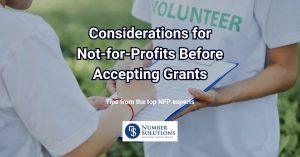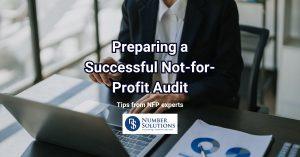» Not-for-Profit » Not-for-Profit AGM Requirements
Not-for-Profit AGM Requirements
Not-for-profit organisations play a vital role in the Australian community, and the Annual General Meeting (AGM) stands as a cornerstone event in ensuring transparency, accountability, and member engagement. In this guide, we’ll explore the requirements that govern AGMs for not-for-profit organisations in Australia.
Components of AGM Compliance for NFP Organisations
The requirements for conducting an Annual General Meeting (AGM) for NFP organisations are outlined below point by point.
Purpose of the AGM
The AGM serves as a platform for not-for-profit organisations to provide members with a comprehensive report on the charity’s activities and finances from the previous year. It allows members to ask questions, elect members to the governing body, and actively participate in key decision-making processes.
Timing and Frequency
According to state Acts, almost every not-for-profit association in Australia is mandated to conduct an AGM annually.
The committee of an NFP organisation is responsible for ensuring the convening of an annual general meeting within 6 months following the end of the organisation’s financial year, as stipulated in its constitution.
Additionally, new organisations are required to hold their inaugural AGM within 18 months from the date of incorporation. (Specific timelines vary from state to state. Contact our NFP expert for details.)
AGM Time Extension
If an NFP organisation is unable to conduct its annual general meeting within 6 months of the end of its financial year, it should seek an extension by submitting a Form A11 Application for extension of time for holding AGM or submitting an annual summary of financial affairs.
Reporting Obligations
AGMs require organisations to present a detailed report to their members. The content of this report varies based on the state and the size of the organisation. Larger groups generally have more comprehensive reporting obligations, offering members an honest account of financial standing and major initiatives.
Example: A not-for-profit organisation in New South Wales may present a financial statement, a summary of the year’s activities, and plans for the future during the AGM.

Board Elections
In many cases, not-for-profits elect their board members during the AGM. However, the state Acts differ on whether this is mandatory. Queensland is the only state that insists on board elections during the AGM. Other states leave this matter to the organisation’s constitution.

>> Take Your Finances to the Next Level with Our Expert Not-for-Profit Accounting Services! Contact now.
Quorum and Proxies
The quorum, defined in the organisation’s constitution, specifies the minimum number of members required for a decision to be valid. Queensland, uniquely, determines the quorum based on the number of members elected or appointed to the management committee at the last general meeting plus one.

Technology Usage
New South Wales and Victoria have specific provisions allowing the use of technology for AGMs. In other states, technological aids like teleconferencing or Skype can be employed if the organisation’s constitution permits.
Documentation and Notices
Providing members with adequate notice and documentation is crucial. The constitution dictates notice periods, and it’s essential to follow these guidelines, especially when proposing special resolutions.

Here's a summary table on Not-for-Profit AGM Requirements:
Not-for-Profit AGM Requirements | Key Points |
1. Purpose of the AGM | Provides a comprehensive report on the charity’s activities and finances from the previous year. Enables members to ask questions and participate in electing governing body members. |
2. Timing and Frequency | Mandated by state Acts annually, the convening of an annual general meeting within 6 months following the end of the NFP organisation’s financial year is required in the state of NSW. |
3. Reporting Obligations | Detailed reports vary by state and organisation size, typically including financial statements, a summary of activities, and plans for the future. |
4. Board Elections | While not mandatory in every state, it is generally recommended to elect a slate of board members during the AGM. Board positions may be decided in subsequent board meetings. |
5. Quorum and Proxies | Quorum, defined in the constitution, specifies the minimum number of members required for a valid decision. Proxies allow members to delegate voting power if permitted in the constitution. |
6. Technology Usage | New South Wales and Victoria allow technology use for AGMs. Other states permit technological aids if the constitution allows. Leverage email or efficient communication methods for notices. |
7. Documentation and Notices | Providing members with adequate notice and documentation is crucial. Follow constitution guidelines for notice periods, especially when proposing special resolutions. Leverage efficient communication. |
Conclusion
In conclusion, understanding and adhering to not-for-profit AGM requirements in Australia are integral to the effective governance of these organisations. By following state-specific regulations, reporting transparently, and engaging members in the decision-making process, not-for-profits can foster trust and contribute meaningfully to their communities.
Embracing technological advancements further enhances accessibility and inclusivity in AGM participation, ensuring that these essential meetings serve their intended purposes.
Related Articles:






